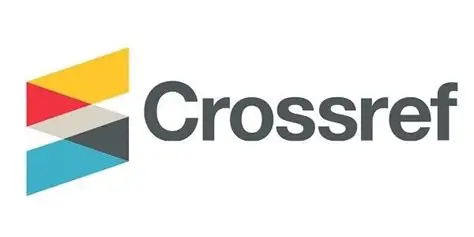ARTIFICIAL INTELLIGENCE AND INTERNET OF THINGS ENABLED DISEASE DIAGNOSIS MODEL FOR SMART HEALTHCARE SYSTEM
DOI:
https://doie.org/10.5281/g3t9sy21Keywords:
IOT, Smart-Health,,Abstract
Many diseases affect the elderly, including heart disease, high blood pressure, and
diabetes. The medical infrastructure in Indian communities is deplorable. When one of the
villagers becomes sick, the whole village suffers. A smart health care system is intended to
monitor people's health condition from their homes. It relieves burden on physicians and
hospitals while also saving the lives of many elderly individuals. Human body sensors include
heart rate sensors, blood pressure sensors, blood sugar sensors, and temperature sensors. The
sensors are linked to a medical app. The software is divided into two areas for users and
physicians. Patients must first sign up for this app. The sensors detect and save patients' routine
health details in the app's database. The data is analyzed by the system. If any data is determined
to be incorrect, it is automatically sent to the closest hospital via GPS tracker, where action is
taken immediately.
References
"Global shortage of personal protective equipment endangers worker safety"
https://tinyurl.com/v5qauvp. [Accessed 3 June 2020]
Chambliss W, Carroll W, Yelvigi M, et al. "The role of the drug specialist in preventing the
appropriation of counterfeit prescriptions." Journal of the American Pharmaceutical
Association, 52(2), pp. 195-199, 2012.
RJ Ziance. "Jobs for drug store employees battling fake medications." Journal of the
American Pharmaceutical Association, 2008;48:e71-e88.
P. Toscan, "The Dangerous World of Fake Professionally Prescribed Drugs."
http://usatoday30.usatoday.com/cash/ventures/wellbeing/drugs/story/2011-10-09/cnbc
drugs/50690880/1 is available.[Accessed 3 June 2020]
T.Adhanom,
"Wellbeing
is
a
Fundamental
http://www.who.int/mediacentre/news/proclamations/major
[Accessed: May 26, 2020].
Human Right," 2017.
fundamental
liberty/en/.
World Health Organization, "The Increasing Danger of Fake Prescriptions," 2010.
Daniela Bagozzi, C.L. "One out of every ten medical products in developing countries is
substandard or counterfeit." 2017. Accessible: https://www. who.int/news-room/detail/28-11
-1-in-10-clinical items indeveloping-nations is-unacceptable or-falsified.[Accessed on
June 3, 2020].
The Guardian (8th). "WHO Says 10% of Drugs in Poor Countries Are Fake." 2017.
http://www.theguardian.com/globaldevelopment/2017/nov/28/10-of-drugs-in-poor-nations
are-fakesay who.[Accessed: June 3, 2020].
H.R.
Funding,
"20
Shocking
Counterfeit
Drug
Statistics."
https://healthresearchfunding.org/20-amazing fake pharmaceuticals statistics, 2017. [Accessed
on June 3, 2020].
. E.A. Blackstone, J.P. Fuhr, Jr., and S. Pociask. "The Health and Economic Impacts of
Fake Medications." Am. Wellbeing Drug Benefits, 7, 216-224 (2014)
U.S. Food and Drug Administration, "A Medication Store Network Model".
https://www.fda.gov/drugs/drug-deficiencies/graphicdrugsupply-chain-example.aspx
[Accessed: 3-June-2020].


